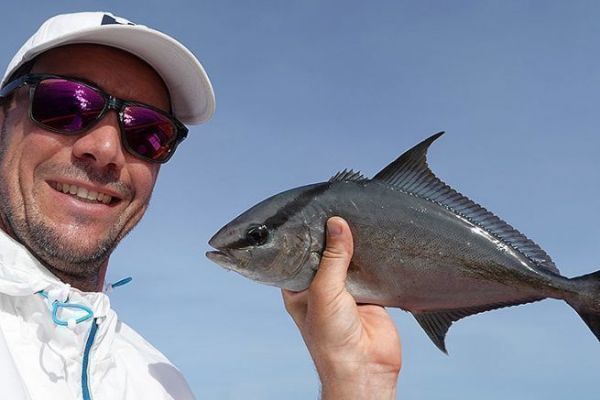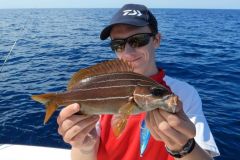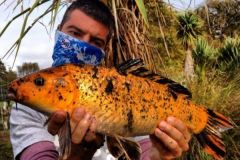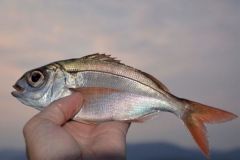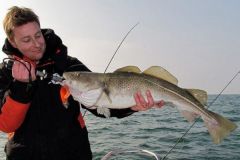Scientific name
Seriola rivoliana (Valenciennes, 1833)
The greater amberjack ( Seriola dumerili ) is sometimes called silt in its juvenile stage - beware of confusion!
Morphology
The greater amberjack is a small amberjack species with an oval body and a back that is more rounded than the belly, but slightly less slender than that of the greater amberjack. Its second dorsal fin and anal fin are sickle-shaped, slightly longer than those of the greater amberjack. A black band appears on the head and runs across the eye. Its body is silvery-gray with a white belly.
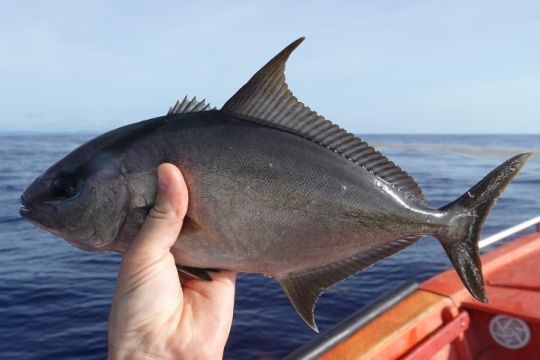
Amberjack fishing grounds
This amberjack swims in open water both above reef zones at depths of 5 to 35 m and offshore. It can descend to a depth of 245 meters. But small amberjacks are often found close to the surface, hunting and resting around floating wrecks or FADs. They can be found in the West Indies and the Pacific. Some rare catches have been reported in France in the Atlantic and Mediterranean.
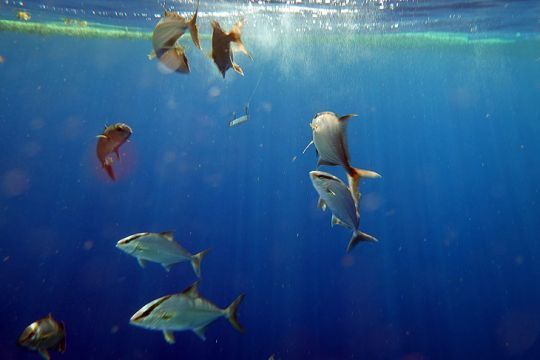
Fishing techniques
This amberjack species bites on the surface with small poppers or below the surface with jerkbaits and light jigs. It will also enjoy a piece of fish flesh on a light longline rig, which is great fun on a light-jigging rod. The biggest specimens bite well, the world record having been caught on a whole mullet! The fish can be fished close to the boat as well as on a slow trolling rod.
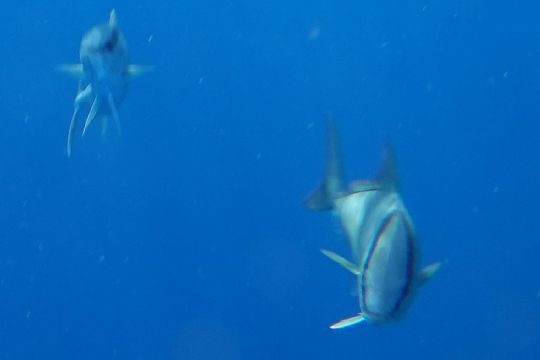
Reproduction
Yellowtail breed offshore in spring and summer, laying pelagic eggs. Large gatherings can be seen.
Size and weight
- Catch size (legal minimum): none, I recommend 60 cm
- Size at sexual maturity: 60 cm (4 kg)
- Average size: 60 to 80 cm
- Maximum height: 170 cm (65 kg)
- World record: 59.87 kg - 160.02 cm (La Paz, Baja California, Mexico, 07/21/1964)
Good to know
Yellowtail caught in coral reefs can carry ciguatera. In fact, although the meat is very tasty, it is illegal to sell it in certain areas where cases of ciguatera have been detected.

 /
/ 